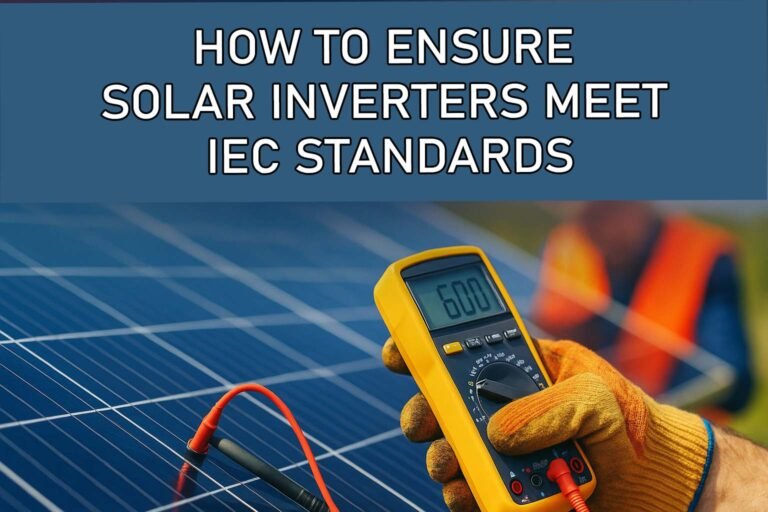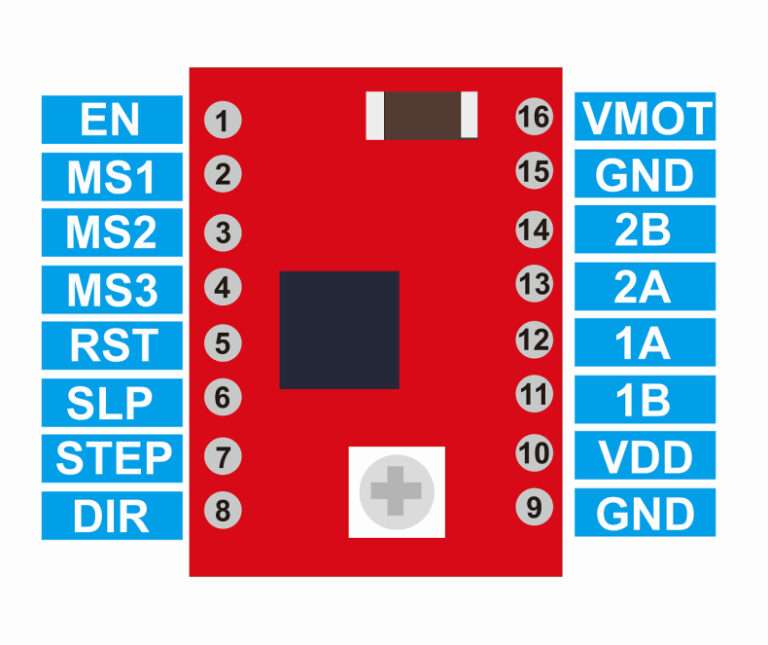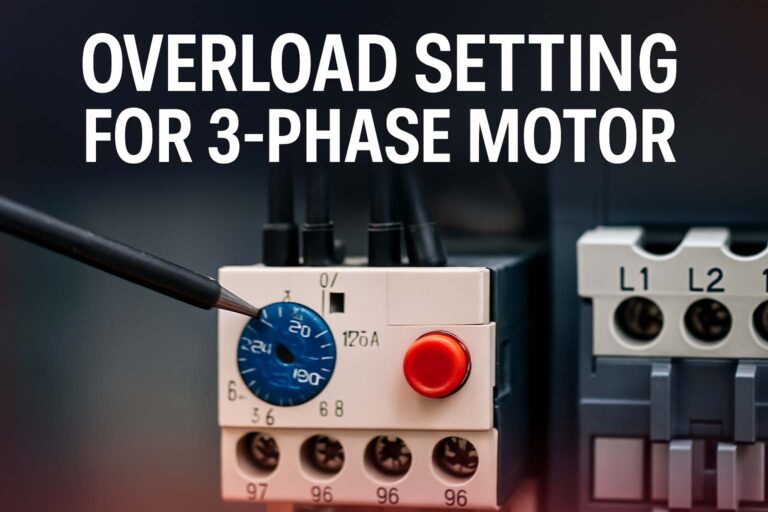Frequency Drive Losses Calculation: Optimizing VFD Performance
Variable Frequency Drives (VFDs) are essential components in modern electrical systems. They allow you to control the speed and torque of electric motors by varying the frequency and voltage of the input power. However, like any electronic device, VFDs are not 100% efficient. They experience frequency drive losses that can affect performance, energy savings, and heat generation.

In this article, we’ll explore the different types of frequency drive losses, how to calculate them, and how to reduce them for better efficiency and reliability.
What is a Variable Frequency Drive?
A Variable Frequency Drive is an electronic system designed to control the speed of an AC motor. It works by converting fixed-frequency AC power to a variable-frequency output.
The VFD performs three main functions:
- Converts AC to DC (rectifier stage)
- Filters and stores energy (DC link)
- Converts DC back to variable-frequency AC (inverter stage)
VFDs are commonly used in industrial applications, HVAC systems, pumps, and even in solar-powered systems. Whether it’s a single-phase drive for residential use or a 3 phase frequency drive for industrial equipment, efficiency and losses are crucial metrics.
Understanding Frequency Drive Losses
When power passes through a VFD, several types of losses occur. These losses reduce overall efficiency and generate heat, which must be dissipated to prevent damage. Frequency drive losses are broadly categorized into the following:
- Conduction losses in semiconductors
- Switching losses in transistors
- Control circuit losses
- Harmonic losses
- Motor-related losses due to harmonics
Heat and Frequency Drive Losses
One of the most noticeable outcomes of frequency drive losses is heat. The drive heat dissipation must be considered when designing an enclosure or installing a cooling system.
The total power loss in a drive can be estimated by:
P_loss = P_input – P_output
Where:
- P_input = Power drawn from the supply
- P_output = Power delivered to the motor
A typical VFD efficiency ranges between 94% to 98%, depending on load conditions, ambient temperature, and drive quality.
Let’s look at an example:
| Parameter | Value |
|---|---|
| Input Power (P_input) | 10 kW |
| Efficiency | 96% |
| Output Power (P_output) | 9.6 kW |
| Total Loss (P_loss) | 400 W |
That 400 W is mostly dissipated as heat. Proper ventilation or external cooling may be required depending on the enclosure type.
Calculating Conduction and Switching Losses
Conduction Losses
Conduction losses occur when current flows through the internal semiconductors (IGBTs or MOSFETs). These are calculated as:
P_conduction = I² × R_on
Where:
- I is the RMS current
- R_on is the on-state resistance of the device
Switching Losses
Switching losses occur every time the transistors turn on or off. It can be estimated using:
P_switching = 0.5 × V × I × f_sw × t_sw
Where:
- V = Voltage across the switch
- I = Load current
- f_sw = Switching frequency
- t_sw = Switching time
High switching frequencies improve waveform quality but increase losses. Modern VFDs balance this trade-off for optimal performance.
Frequency Drive Harmonic Filter and Loss Reduction
Harmonics are a by-product of switching. They distort voltage and current waveforms, causing additional losses in the drive and connected motors.
A frequency drive harmonic filter can help reduce these issues. Harmonic filters remove high-frequency components and improve power factor. By doing so, they reduce:
- Motor heating
- Vibration and noise
- Additional copper and iron losses in the motor
There are two types of filters:
- Passive filters (L-C circuits)
- Active filters (power electronic devices)
Installing the right filter based on your drive and motor rating can significantly reduce harmonic-induced frequency drive losses.
Single Phase Drive vs 3 Phase Frequency Drive Losses
Single Phase Drive
Single-phase VFDs are typically used in small applications. Since they handle less power, their losses are lower in absolute terms, but efficiency can vary widely. The rectifier stage usually uses diodes, so conduction losses are the main concern.
3 Phase Frequency Drive
3-phase VFDs are used in industrial and high-power systems. They offer better efficiency and smoother control. However, higher power levels mean more significant total losses. Harmonics, switching losses, and motor cable length must be considered in the loss analysis.
Below is a comparison:
| Parameter | Single Phase Drive | 3 Phase Frequency Drive |
|---|---|---|
| Power Rating | Up to 3 kW | 3 kW to 500 kW+ |
| Efficiency Range | 85% – 95% | 94% – 98% |
| Heat Dissipation | Lower | Higher |
| Harmonic Content | Higher | Moderate (with filters) |
| Frequency Drive Losses | Moderate | High (but better managed) |
Drive with Arduino and Power Loss Consideration
Using a drive with Arduino is common in DIY and educational projects. Small VFD modules can be controlled by Arduino using PWM signals or communication protocols like Modbus.
While such systems are not optimized for efficiency, understanding frequency drive losses is still important. Arduino-controlled drives often:
- Use basic PWM signals that create more switching losses
- Lack harmonic filters
- Don’t implement thermal management
For low-power applications, losses are not a major concern. But in scaled systems, even small inefficiencies can cause performance issues.
Reducing Frequency Drive Losses
Reducing losses improves efficiency, saves energy, and extends drive life. Here are key strategies:
Choose the Right Drive Size
Oversized drives have higher standby losses. Select a drive that matches the motor rating.
Optimize Switching Frequency
Use an optimal switching frequency for your application. Lower frequencies reduce switching losses but may increase motor noise.
Improve Cooling
Ensure adequate ventilation or use heatsinks and fans to manage heat dissipation.
Use Harmonic Filters
Install a frequency drive harmonic filter to reduce harmonic-related losses.
Maintain Clean Power Supply
A stable and clean input voltage ensures better performance and reduces stress on the drive components.
Practical Example of Loss Analysis
Let’s consider a 15 kW motor with a VFD operating at 95% efficiency.
| Parameter | Value |
|---|---|
| Motor Load | 15 kW |
| VFD Efficiency | 95% |
| Input Power Needed | 15.79 kW |
| Frequency Drive Losses | 790 W |
If the drive runs 10 hours daily, energy loss per year is:
790 W × 10 hours × 365 = 2,883.5 kWh/year
At $0.12 per kWh, that’s over $346/year in lost energy, which could be minimized by better VFD selection and cooling.
Conclusion on Frequency Drive Losses
Frequency drive losses are an unavoidable part of any VFD operation. Understanding where these losses occur and how to manage them is essential for efficient motor control.
Whether you use a 3 phase frequency drive, a single phase drive, or a drive with Arduino, always account for:
- Heat dissipation
- Harmonic distortion
- Switching and conduction losses
With proper design and component selection, you can significantly reduce these losses, improving energy savings and equipment longevity.
Follow Us on Social:
Subscribe our Newsletter on Electrical Insights to get the latest updates in Electrical Engineering.
#FrequencyDrive, #VFDLosses, #EnergyEfficiency, #DriveLossCalculation, #VFDHeatLoss, #PowerElectronics, #MotorDrives, #VFDSystem, #IndustrialAutomation, #ElectricalEngineering, #DriveEfficiency, #VFDEnergyLoss, #VFDDesign, #VariableFrequencyDrive, #VFDEngineering






